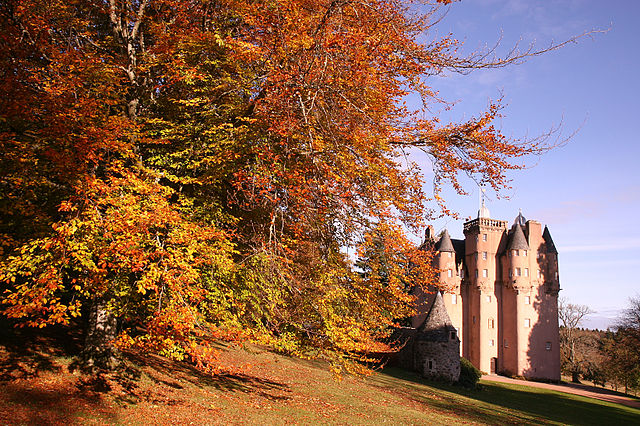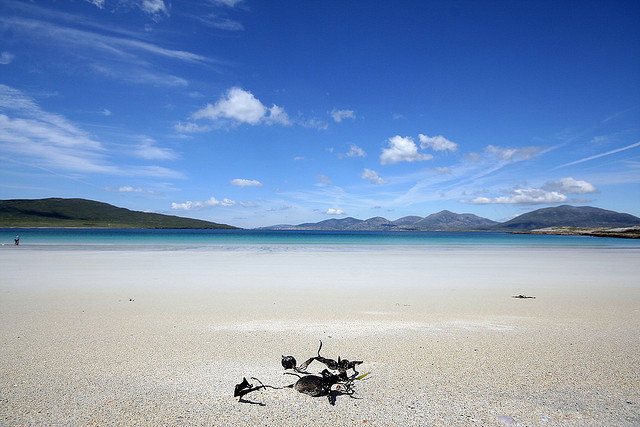Hailes Castle
Hailes Castle, East Lothian
 Situated in the valley of the River Tyne is one of Scotland’s oldest stones castles. Dating from the first half of the 13th century, it served as a fortified residence for over 300 years. It was extended in the 14th and 15th centuries and contains two vaulted pit-prisons.
Situated in the valley of the River Tyne is one of Scotland’s oldest stones castles. Dating from the first half of the 13th century, it served as a fortified residence for over 300 years. It was extended in the 14th and 15th centuries and contains two vaulted pit-prisons.
The location of the castle is interesting as it is overlooked by high ground which would make it hard to defend. This was possibly because, at the time it was built, this particular part of Scotland was peaceful.
Hailes Castle is associated with two noble familes – the de Gourlays and the Hepburns. Little is known about the de Gourlays. They were a Northumbrian family who supported the English in the Wars of Independence and their lands were forfeited by order of the Scottish Crown.
 The lands and castle of Hailes were then settled upon another Northumbrian, Sir Adam de Hepburn. They rebuilt the castle, partly to repair damage done during the wars (Hailes may have been one of the three East Lothian castles captured by Edward I in 1298, the others being Dirleton and Yester. They also wanted to upgrade the accommodation. The present stone curtain wall, tower house and hall/chapel are their handiwork.
The lands and castle of Hailes were then settled upon another Northumbrian, Sir Adam de Hepburn. They rebuilt the castle, partly to repair damage done during the wars (Hailes may have been one of the three East Lothian castles captured by Edward I in 1298, the others being Dirleton and Yester. They also wanted to upgrade the accommodation. The present stone curtain wall, tower house and hall/chapel are their handiwork.
One of Hailes Castle’s claims to fame is its connection to James Hepburn, the 4th Earl of Boswell. In 1567 he became Mary, Queen of Scots‘ third husband and he may have been born at Hailes.
The location of Hailes Castle is very pretty and well worth the walk from East Linton. If you’re a keen bird watcher then look out for dipper and kingfisher along the route. Make sure you take a look at the tower house, one half stands complete from basement to battlements and gives a good idea of the size and scale of the site.
[wpgmza id=”1″]







